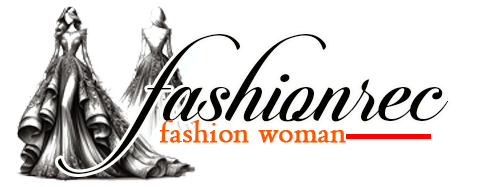A new hair-care product is looking to creep into your shower, and more than that, it’s looking to replace your shampoo.
The product in question is a co-wash, sometimes called a co-conditioner or a cleansing conditioner. And it’s a special conditioner used to wash the scalp and hair, in lieu of shampoo. Popular among those with curlier or extremely dry hair, co-washes help the hair retain its moisture and remain healthy and more resilient. Authentic Beauty Concept launched a co-wash on Thursday exclusively through Ulta Beauty, while both Function of Beauty and Drunk Elephant — the latter’s product is called Laini Latherless — launched co-washes in August. In 2020, Kristin Ess and Lush, and Australian brands Evo and Aussie, among others, launched their own version of a co-wash.
Co-washes have existed for a long time, but were mostly only available in brands dedicated to curly hair, afro-style hair or mixed-textured hair, including SheaMoisture, DevaCurl and Pantene.
When Function of Beauty developed its co-wash, it did so in collaboration with three curly and coily hair influencers, including Amina Marie (@AminaMarie, 37,400 Instagram followers), celebrity hairstylist Mirna Jose (@MirnaJose, 20,600 Instagram followers) and YouTuber Simone Nicole (24,400 YouTube subscribers). Wavy, curly and coily hair types represent more than 50% of the brand’s customer base, according to Linda Foltis, Function of Beauty vp of research and development.
Aside from the historical influence (and appropriation) of Black culture within mainstream beauty, there are also other influences driving the rise of co-washes. According to Pew Research, Gen Z best exemplifies the U.S.’s changing racial and ethnic makeup, which influences factors like hair type and skin tone. Nearly 52% of Gen Zers are non-Hispanic white, significantly smaller than the 61% share of millennials who reported as non-Hispanic white in 2002. When P&G incubated its Gen-Z brand Nou with Walmart in August, changing demographics was called out as a motivating factor, with 75% of Gen Zers saying they have “textured” hair.
“We did not specifically make Laini for a [coily] 4C hair type, but we did make it [based on everything] we could not accommodate with our Cocomino shampoo and conditioner,” said Tiffany Masterson, Drunk Elephant founder and chief creative officer. “We do want to accommodate everyone … and Laini works on many different hair types.”
Laini Latherless is available through both Sephora and Ulta Beauty, with Ulta Beauty being a new Drunk Elephant retail partner as of this month.
Notably, the education around co-washes is more advanced and tricky than that of standard shampoo and conditioner. Some of the education barriers include its multiple different names, its newness within mainstream beauty and its different use-cases. Most of Drunk Elephant’s education is centered on its Instagram and its website, said Masterson. She added that her strategy is to introduce products as though they have never existed on the market or have never been heard of before.
“We take for granted that people don’t really know the ins and outs of [the beauty world],” she said. “Even if someone’s familiar with a co-cleanser, let’s really talk about the different ways you can use it, the ingredients [in it] and why it works. You cannot assume that consumers know all these important little things, but [informing them] can change their experience and make it a better one.”
For example, Drunk Elephant’s Cocomino shampoo and conditioner come in two sizes: 750 milliliters for $55 and 240 milliliters for $25. But for now, Laini only comes in the larger size, for $55. Masterson said that’s because a person has to use more of the product, comparatively. A smaller size will launch at an undetermined time. Masterson said some people may experience an adjustment period with their scalp and that they may want to start using a co-wash every third day, depending on how often they wash their hair.
For its part, Function of Beauty partnered with artist Kendra Dandy to design a limited-edition scarf and sticker set to celebrate the co-wash launch. The company sells 8-ounce and 16-ounce versions for $17 and $30, respectively. The launch was shared on Function of Beauty’s own channels including its DTC e-commerce website, email newsletter, social channels and blog. But the brand also promoted it through paid influencer partnerships.
Foltis said that co-wash education from Function of Beauty varies for each hair type. For example, it’s recommended that those with curly, dry and color-treated hair use the co-wash together with a conditioner and shampoo every few washes. Meanwhile, it’s recommended that people with straight, wavy or fine hair use the co-wash with shampoo as a conditioner replacement or as a moisturizing treatment once every few washes. Suffice to say, co-washes can be a complicated sub-category.
“Education is a key component for all of our product launches,” Foltis said. “Co-wash does not replace shampoo, but it’s meant to be used interchangeably with it. The frequency is entirely dependent on your hair’s needs.”
 fashion rec fashion wanted
fashion rec fashion wanted



